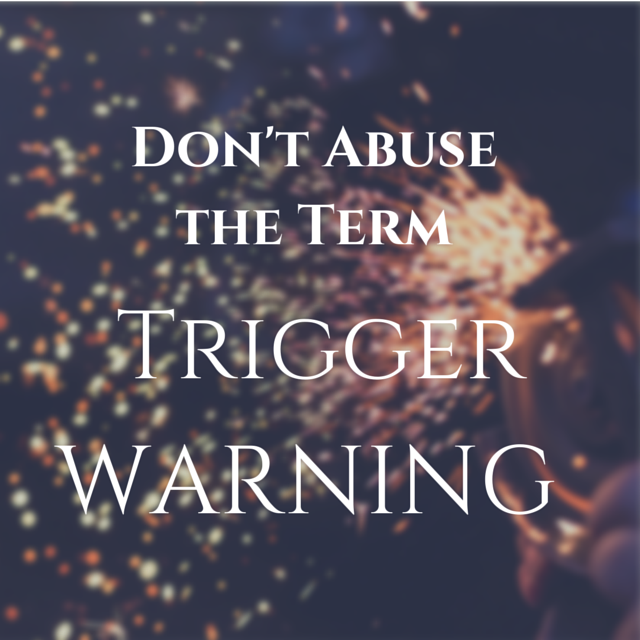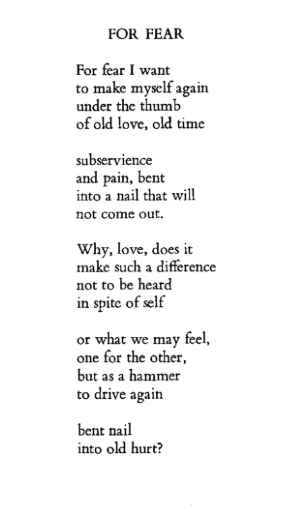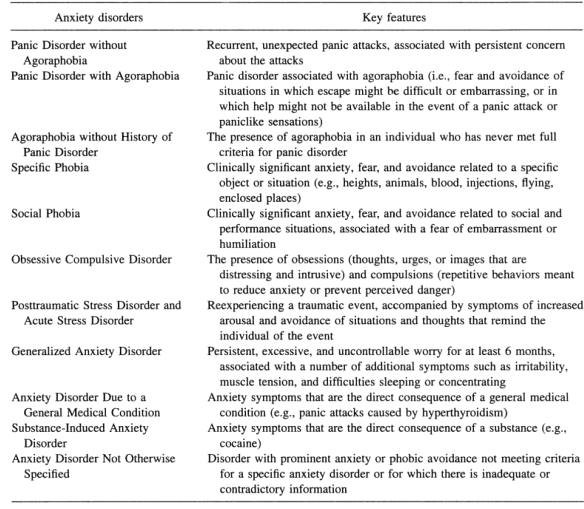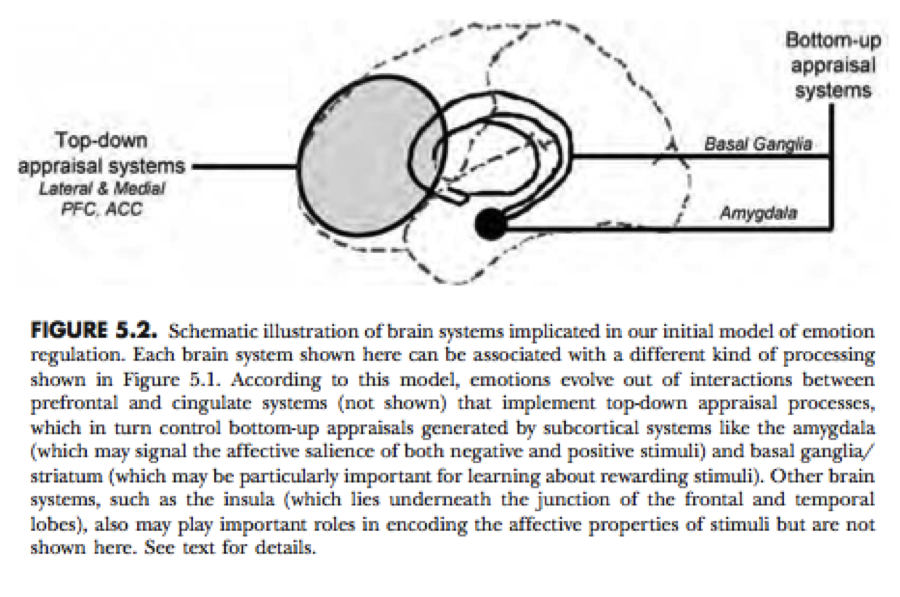The question of “recovered memories” often carries with it a (often harmful and misguided) stigma of fabrication in conversations about abuse trauma and its effects. Many ask “Why 20 years later? Did it really take that long just to get the courage to come forth about these things?”[1] Such a question betrays, at a very fundamental level, a complete lack of understanding of trauma and its effects. For some, yes, it did take twenty years. And that is a greater feat than many accomplish in their lifetime.
And for others, it is not an issue of courage, but of complex cognitive structures that were disrupted in their experience of abuse, which can produce (a) an area of memory in which interpretative capacities have been trained not to function, or (b) various levels of amnesia. I want to give people a picture of what happens psychologically in a person who experiences abuse that can cause legitimate amnesia by giving you a few examples delineated by betrayal trauma theorist (see footnote 3) and psychology professor at University of Oregon, Jennifer J. Freyd.
But first, one must understand that, often times, traumatic amnesia is a function of dissociation. Richard Gartner helpfully defines and describes dissociation this way:
Dissociation is the opposite of association. It means to sever or disconnect one set of mental contents from other sets. When certain thoughts, feelings, memories, sensations, behaviors, and knowledge would normally be associated with one another, dissociation “deassociates” them. When you dissociate, your mind disconnects an unpleasant memory from the feelings you had about it, or detaches some of the facts from others, or separates the memory from your awareness altogether so that you don’t have to think about it while you go about the business of your life. Dissociation takes the ingredients of a trauma and freezes them in time and space. This prevents them from combining and overwhelming you. Instead, the frozen memory elements remain out of contact with your consciousness, protecting you from a devastating emotional experience.[2]
Traumatic amnesia, by extension, for various reasons and in many ways, freezes those experiences either in the subconscious (or in cognitive obscurity) such that they are inaccessible. Freyd gives us a few pictures of what that can look like in terms of the person’s psychology:
1. If the person who has betrayed us is someone we need to continue interacting with despite the betrayal, then it is not to our advantage to respond to the betrayal in the normal way. If we process the betrayal in the normal way, we will be motivated to stop interacting with the betrayer. Instead, we essentially need to ignore the betrayal. . . . It would be dangerous for a child to withdraw from a caregiver he or she is dependent on, even if that caregiver has betrayed the child. It would be dangerous for a child to withdraw from a caregiver he or she is dependent on, even if that caregiver has betrayed the child. . . . One does not need to posit any particular avoidance of psychic pain per se here; instead, what is of function significance is the control of social behavior. Presumably an abusing caregiver can increase the probability of this adaptive reaction by communicating to the child that silence is necessary in order to maintain the relationship.
2. The cognitive mechanisms that underlie this blockage of information are modular dissociations between normally connected, or integrated, aspects of processing and memory. These cognitive dissociations lead to the more global phenomenology and symptomology of clinical dissociation. Most traumatic amnesia can be understood in terms of low-level failures of integration that lead to reports of ‘memory repression.’ . . . Consistent blockage of information about abuse could presumably lead to profound amnesia.
3. However, in no way does this suggest that the information will not be processed by other less conscious mechanisms. For instance, sensory stores may well be laid for traumatic events, but without connectivity to declarative stores. More tragic, the information may be processed for learning certain adaptive strategies, and later in life this learning may lead to highly maladaptive behaviors. For instance, if there are mechanisms that exist in early childhood for learning parenting skills . . . these mechanisms may operate at full potential during abusive events, despite the blockage of information into more immediate control of social behavior and representation.
4. Another way the dissociation and amnesia may occur is in blocking, not the initial entry of information into modules, but the repeated processing of that information through feedback loops of various kinds. To the extent that episodic memory for complex events depends on cognitive computations that take place over time, this sort of blockage could be very effective in producing amnesia for conscious episodic memories coupled with intact sensory and affective memories . . . One could essentially hypothesize that this lack of integration could lead to the storage of essentially unprocessed information, so that when memories are later ‘recovered’ they are initially experiences as immediate events or ‘flashbacks’ lacking episodic interpretation.
5. Finally, amnesia can logically result even if initial event processing is not disrupted. In this case, which would perhaps most closely resemble the classic concept of repression, the forgetting occurs after the event is fully encoded and a memory is successfully stored. This might be adaptive if an event only became identifiable as a betrayal some time after the occurrence.[3]
In any future conversations about abuse cases that are made public, I hope that these psychological descriptions have made you a more educated advocate of victims of abuse who, oftentimes, do not even understand these experiences themselves.
[1] A question which Sandusky’s lawyers hoped might convince the jurors of his innocence. Thankfully, the three-judge Superior Court that reviewed the appeal would have none of it.
[2] Richard B. Gartner, Beyond Betrayal: Taking Charge of Your Life After Boyhood Sexual Abuse (Hoboken, NJ: John Wiley & Sons, 2005), 55 (emphasis mine).
[3] Excerpts from Jennifer J. Freyd, “Betrayal Trauma: Traumatic Amnesia as an Adaptive Response to Childhood Abuse,” Ethics & Behavior 4, no. 4 (1994): 307-329. Freyd comments, “I propose that the core issue [of trauma] is betrayal – a betrayal of trust that produces conflict between external reality and a necessary system of social dependence. Of course, a particular event may be simultaneously a betrayal trauma and life threatening. Rape is such an event. Perhaps most childhood traumas are such events.” in “Memory repression, dissociative states, and other cognitive control processes involved in adult sequelae of childhood trauma.” Invited paper given at the Second Annual Conference on A Psychodynamics – Cognitive Science Interface, Langley Porter Psychiatric Institute, University of California, San Francisco, August 21-22, 1991.











